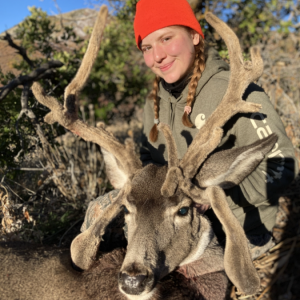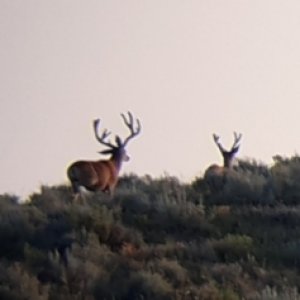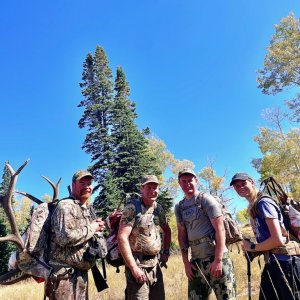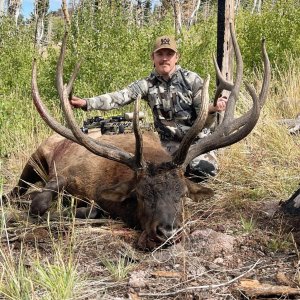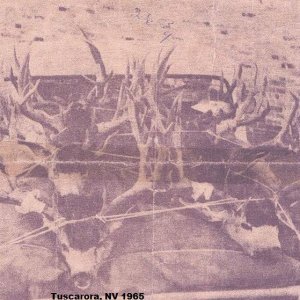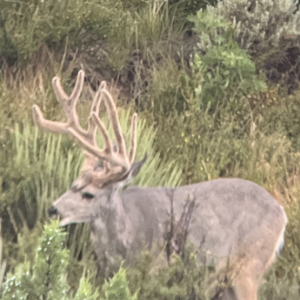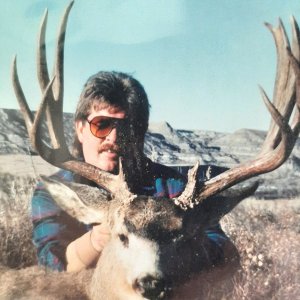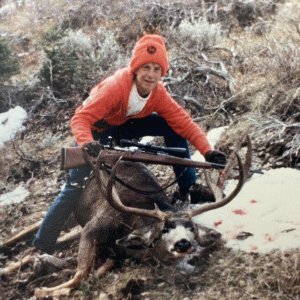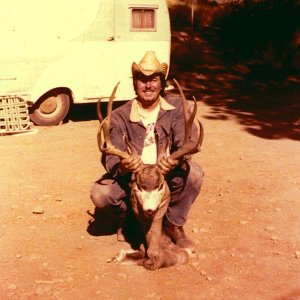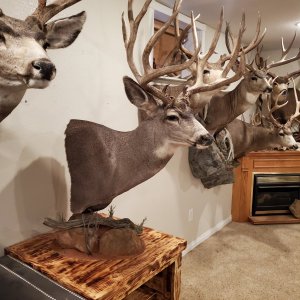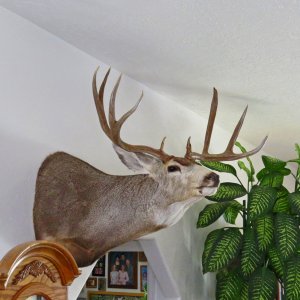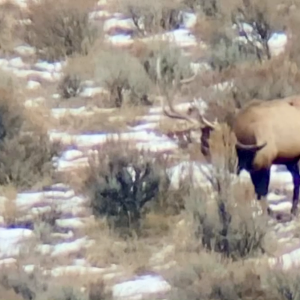RELH,
This quote of yours...where do you come up with this crap?
"A good example of USFS idiot ways is Yellowstone where they prevented even dying bug infested trees from being harvested. Those dead trees created a vast amount of fuel and we ended up with a severe forest fire that cost millions to fight and destroyed many buildings before it was contained."
For starters, Yellowstone NP is not controlled or managed by the USFS, it is managed by the National Park Service.
Secondly, there is no way for the NPS to remove dead and drying trees from the park. You ever been to Yellowstone? Did you notice that there arent many roads in there? The only effective way to remove trees from Yellowstone would have been to intensly road the entire park.
You may want to keep in mind that nearly the entire park is comprised of Lodgepole pine...which means that you cant selectively take the dead and dying trees. Thinning or selectively harvesting lodgepole doesnt work, you remove 30-50% of the trees in the stand, the next windstorm knocks the rest down. Lodgepole needs to be harvest via clear-cutting.
Lodgepole forests regenerate from stand replacing disturbance, exactly what happened in Yellowstone. Fire frequencies in lodgeple pine forests are typically 120-200 years, and are most always associated with crown fires that kill the entire stand. The 1988 fires in Yellowstone were nothing out of the ordinary to what has been going on with lodgepole forests for thousands of years, including those in Yellowstone.
If you're going to run down the management practices of Yellowstone, your arguement would be better made with a few basic facts....like who the managing agency is and the life-cycle of lodgepole pine.
You're out in the weeds in regard to what happened in Yellowstone.

